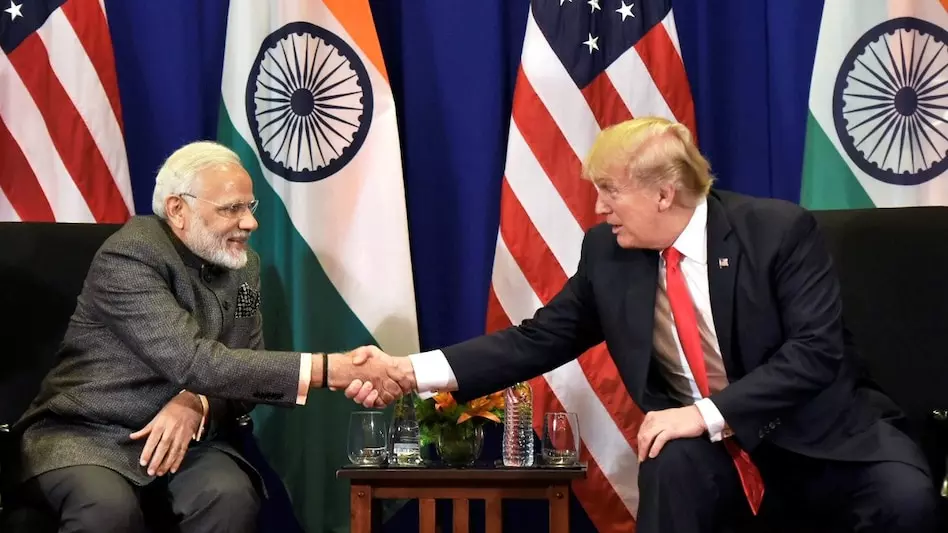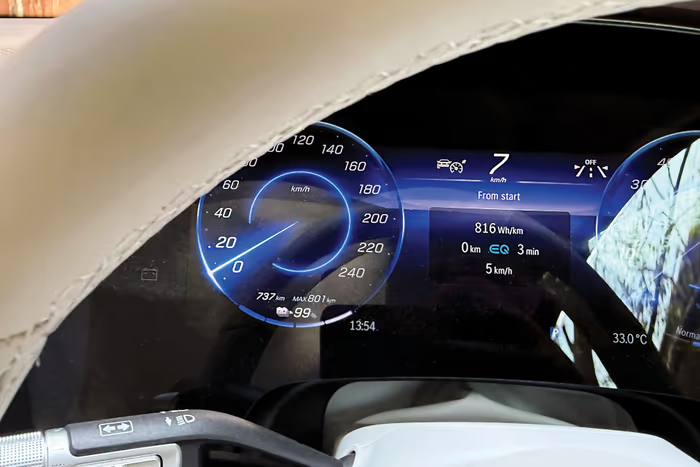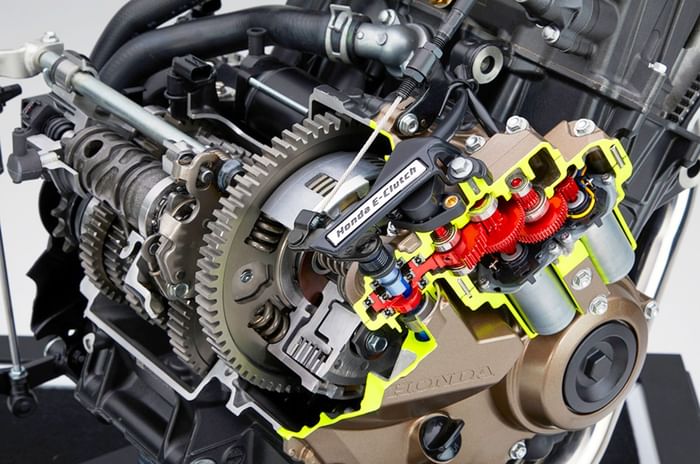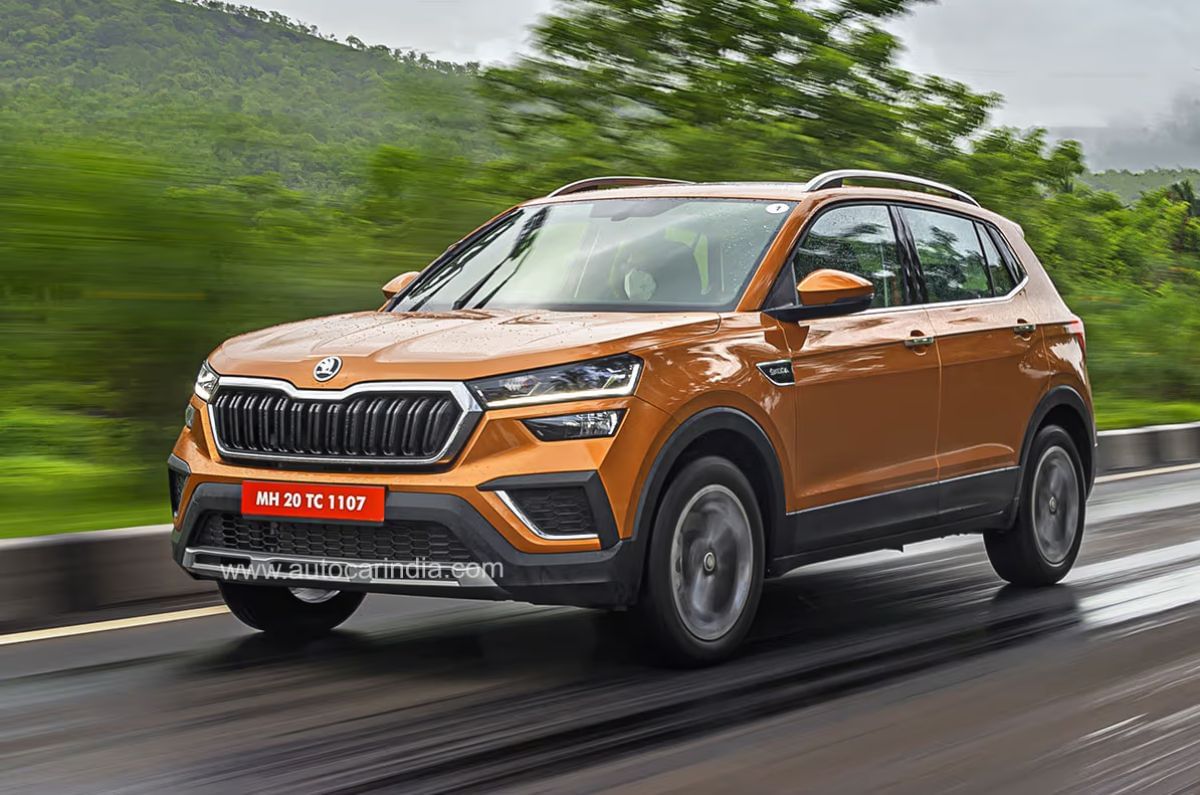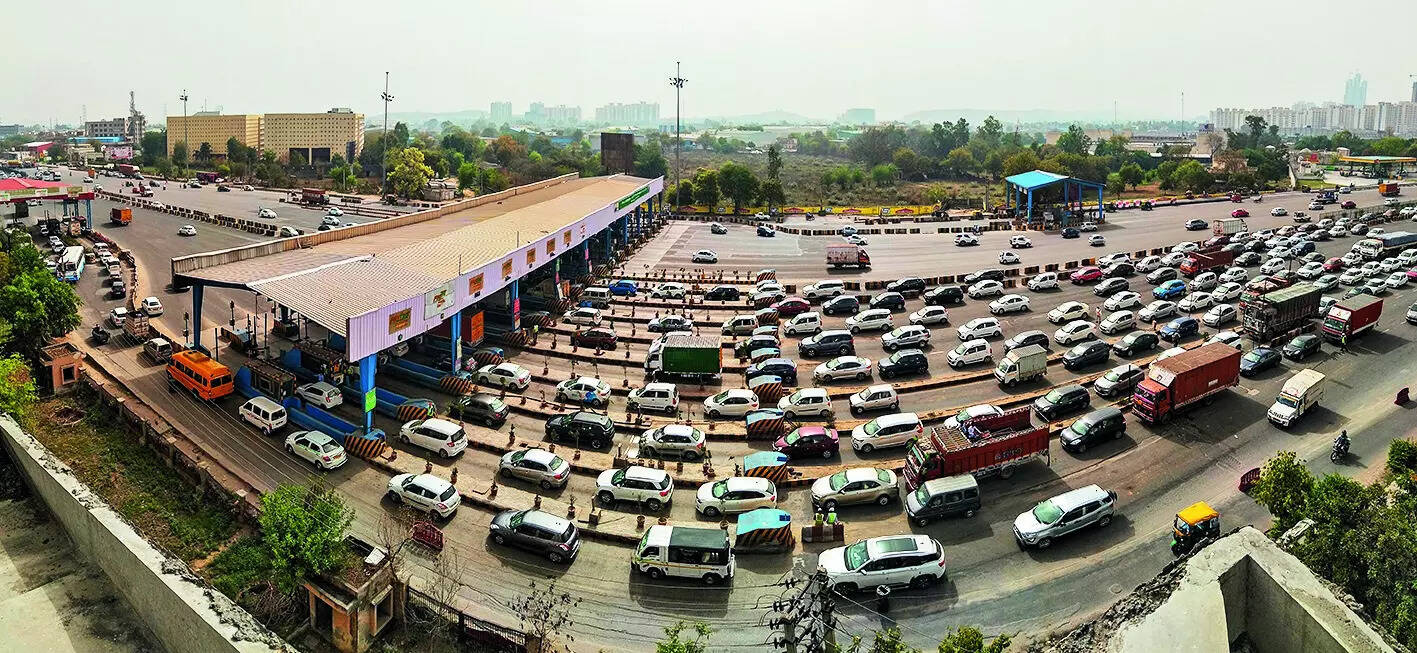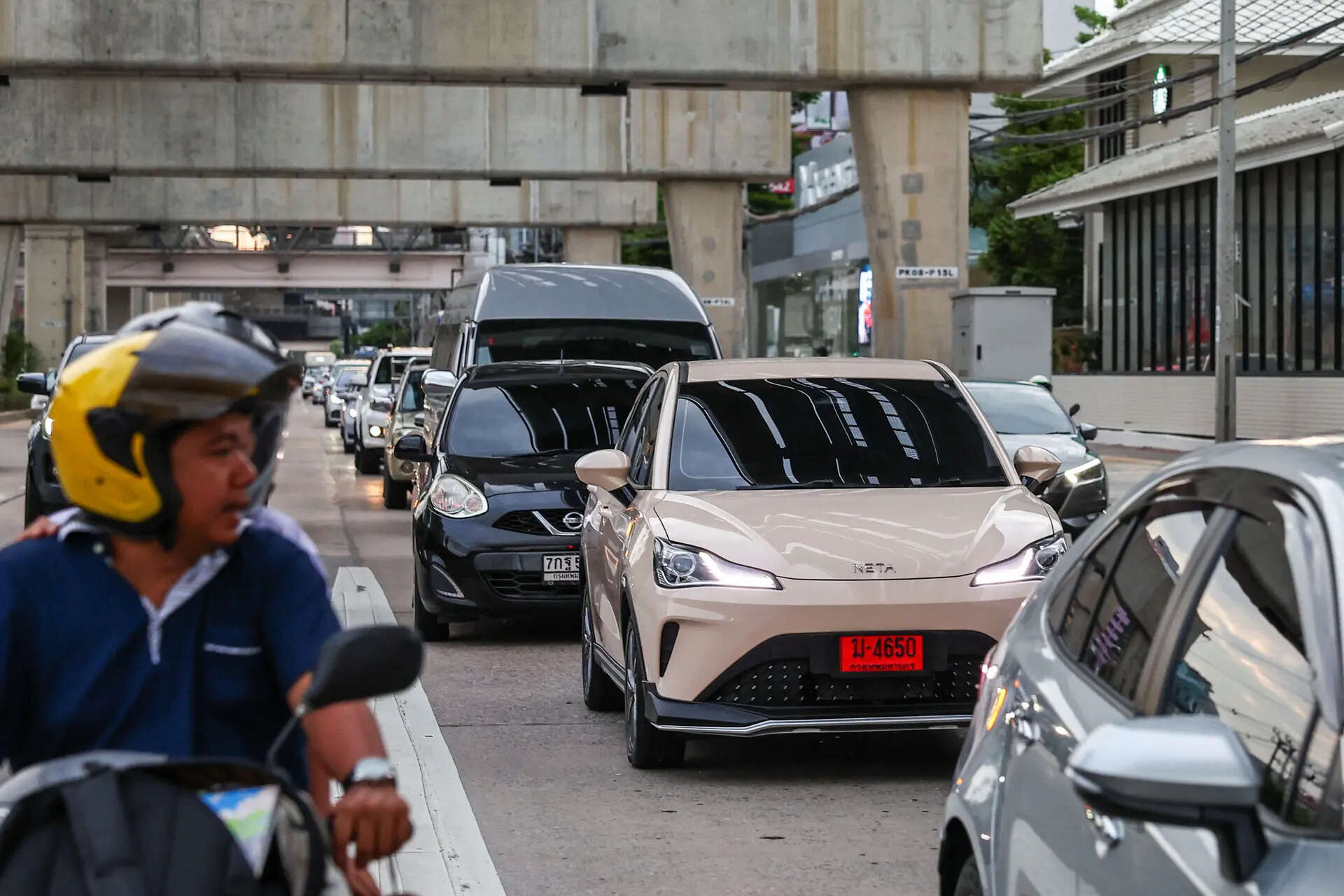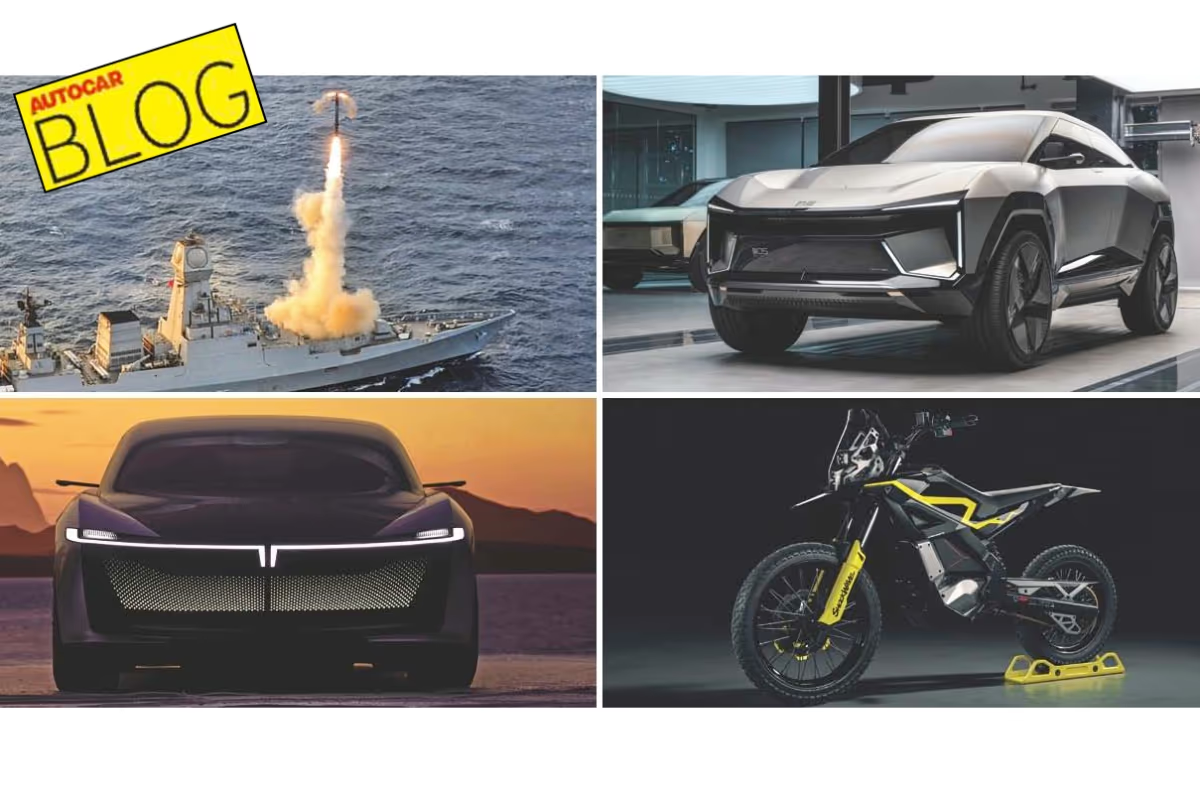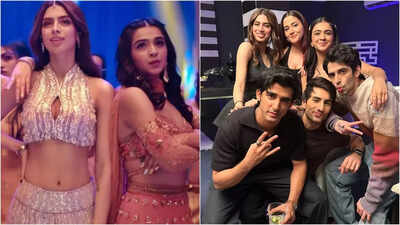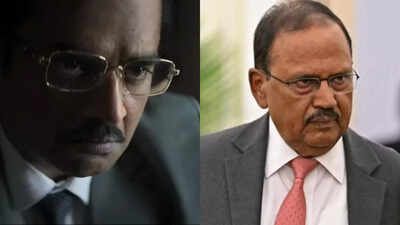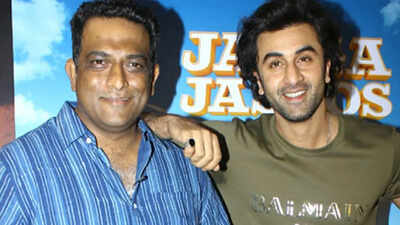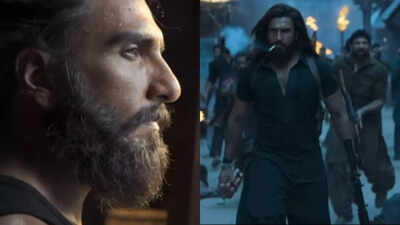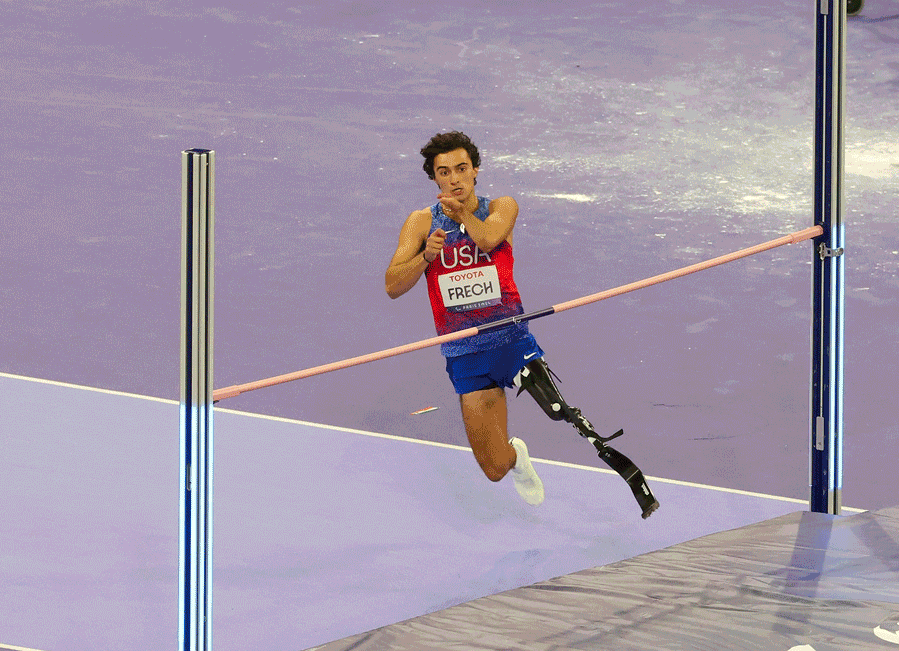Joy is doubled when shared, as we discovered while joining a group of modern classics for a once-in-a-lifetime run on the Navi Mumbai airport runway.
There are several reasons why real estate in South Mumbai is the priciest in the country: ocean views, heritage charm and lack of autorickshaws spring to mind. Quick access to the airport, however, isn’t one of them. Even on a good day, getting to the airport takes at least an hour, but that’s about to change with the opening of the Navi Mumbai International Airport (NMIA). To make the most of our exclusive access, we invited a few of Autocar India’s friends along for the ride.
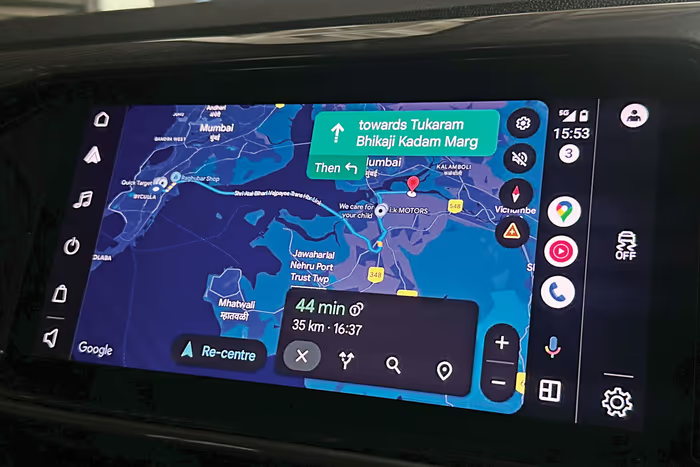
The route to the Navi Mumbai airport took us through the scenic Atal Setu bridge.
The staging point was the Autocar India office, a stone’s throw from the Atal Setu. Here, our friends gathered with an eclectic collection of 11 modern classics – a motley crew ranging from a ’70s land yacht to modern roadsters. You wouldn’t see cars like these doing an airport run. But this was different. For starters, the drive would take just 35 minutes on smooth roads, cross over a bay with India’s longest sea bridge and end up on a runway!
With editor Hormazd Sorabjee leading the way in his Porsche Cayman GTSthe convoy quickly crossed the Atal Setu before turning towards NMIA to rendezvous with a Lamborghini Uus Performante – our pace car for the day. With 657hp and 850Nm, the Urus can do 0-100kph in 3.3 seconds and reach a top speed of 306kph well before NMIA’s 3.7km runway ends.
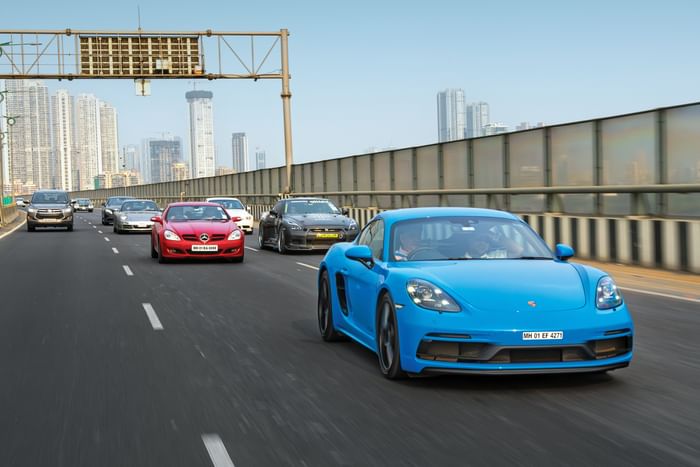
From South Mumbai, NMIA via Atal Setu is closer than the Chhatrapati Shivaji Maharaj International Airport.
But the real stars were the cars in tow – hardtop convertibles like the Mercedes-Benz SLKMazda MX-5 Miata and a V8-powered BMW M3alongside grand tourers like the R129-gen Mercedes-Benz SL 500an S 63 AMG Coupéand a Bentley Continental GT W12.
Then, there was the trio of Porsches – all flat-six powered yet so different in character. The 997-generation 911 Carrera belts out a smooth growl, the Cayman GTS sings the same tune but with more treble and bass, and the GT3 is pure race-car theatre. Bookending the group were the monstrous 1,700hp Nissan GT-R and a 1973 Chevrolet Caprice – peak American excess.
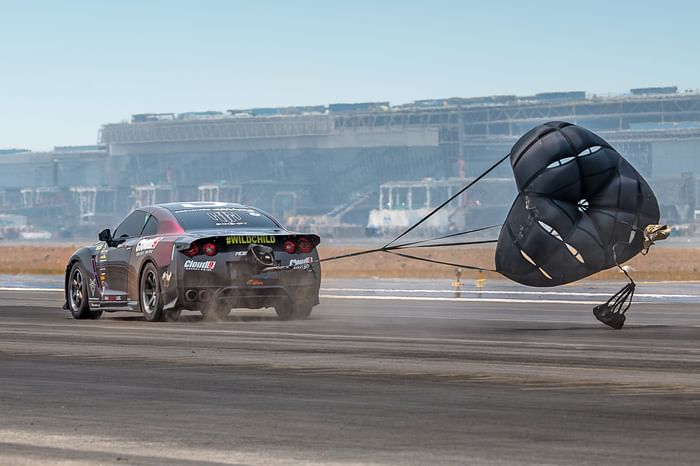
Fighter jet vibes with Imran Majid’s Nissan GT-R deploying its parachute.
The temptation to max them out was inevitable, but they had to steer clear of the runway lights costing Rs 90,000 a pop. One by one, the cars thundered down the tarmac, but none made an exit quite like Imran Majid’s GT-R – launching hard, rocketing away, and even deploying a chute for braking and added drama. Nothing – not even an aircraft – will ever accelerate like that on Runway 26 again.
In the end, everyone regrouped to reflect on the day and thank the NMIA officials present. And while we’ll all be back at NMIA soon, it’ll probably be in an Airbus A320. But when that happens, only a lucky few will be able to tap the passenger next to them, point to the runway, and say, “I drove my car down that.”
How runways and motorsport have always been intertwined
Runways and airstrips have played a huge role in shaping automotive culture as we know it. It might not be the first thing that comes to mind while seated in the cramped seat of a taxiing commercial liner, but without runways, the automotive landscape might’ve looked very different.
After World War II, emergency runways dotted across Europe and Britain had little or no use anymore. And what happens when you leave a well-paved piece of tarmac unattended? People show up to race. Silverstone Circuit in the UK is a prime example. A former RAF base, it first hosted the British Grand Prix in 1948 and became a cornerstone of Formula 1. It’s just one of many airfields-turned-racetracks that helped turn Britain into the motorsport hub it is today.
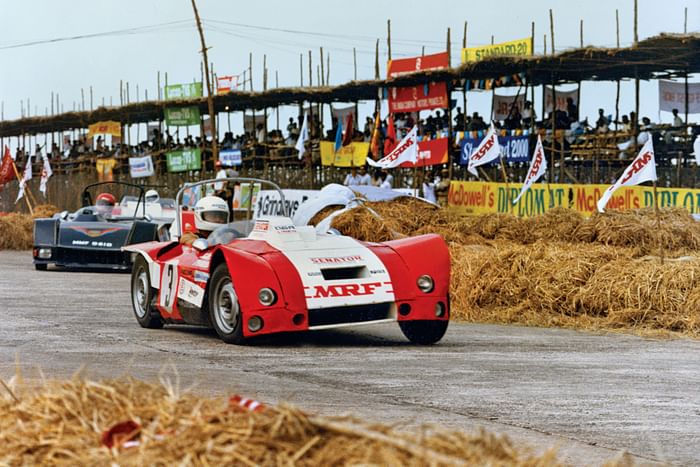
Sholavaram airfield played host to races for nearly 20 years.
In India, airfields like Sholavaram in Chennai (inset image), Sulur in Coimbatore and Agara in Bengaluru gave the country its first taste of racing. Sholavaram hosted races for nearly two decades from the 1960s, with legends like S Karivardhan and Vicky Chandhok lighting up the track. These events sparked the formation of motorsport clubs and, eventually, the Fmsci in 1971.
Today, things are very different. Racetracks are more commonplace, and airports are highly guarded, with no crossover between the two, which is why the chance to drive on one, as we did at NMIA, is such a rare and thrilling experience.
Also see:
12 cars racing on the Navi Mumbai International Airport’s runway video
Lamborghini Revuelto top speed run at Navi Mumbai International Airport




